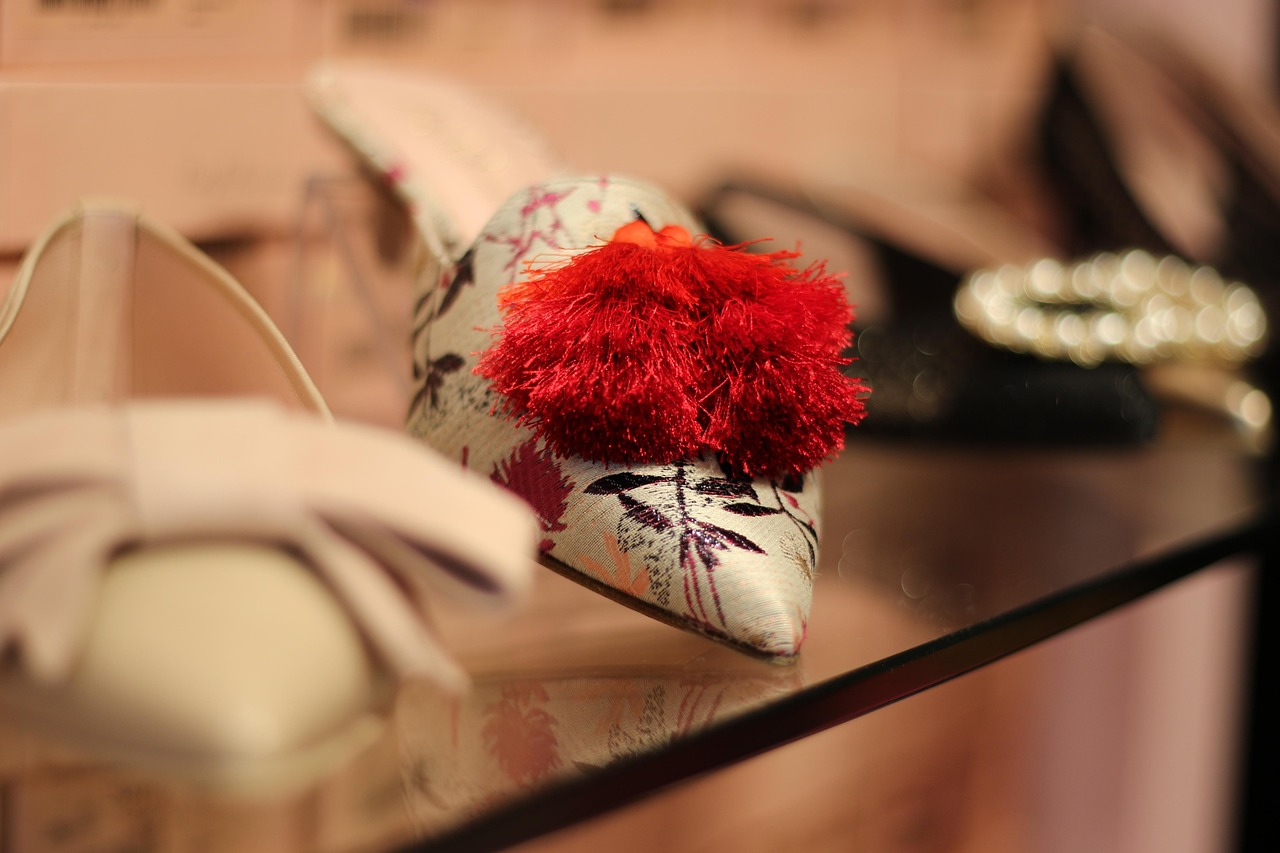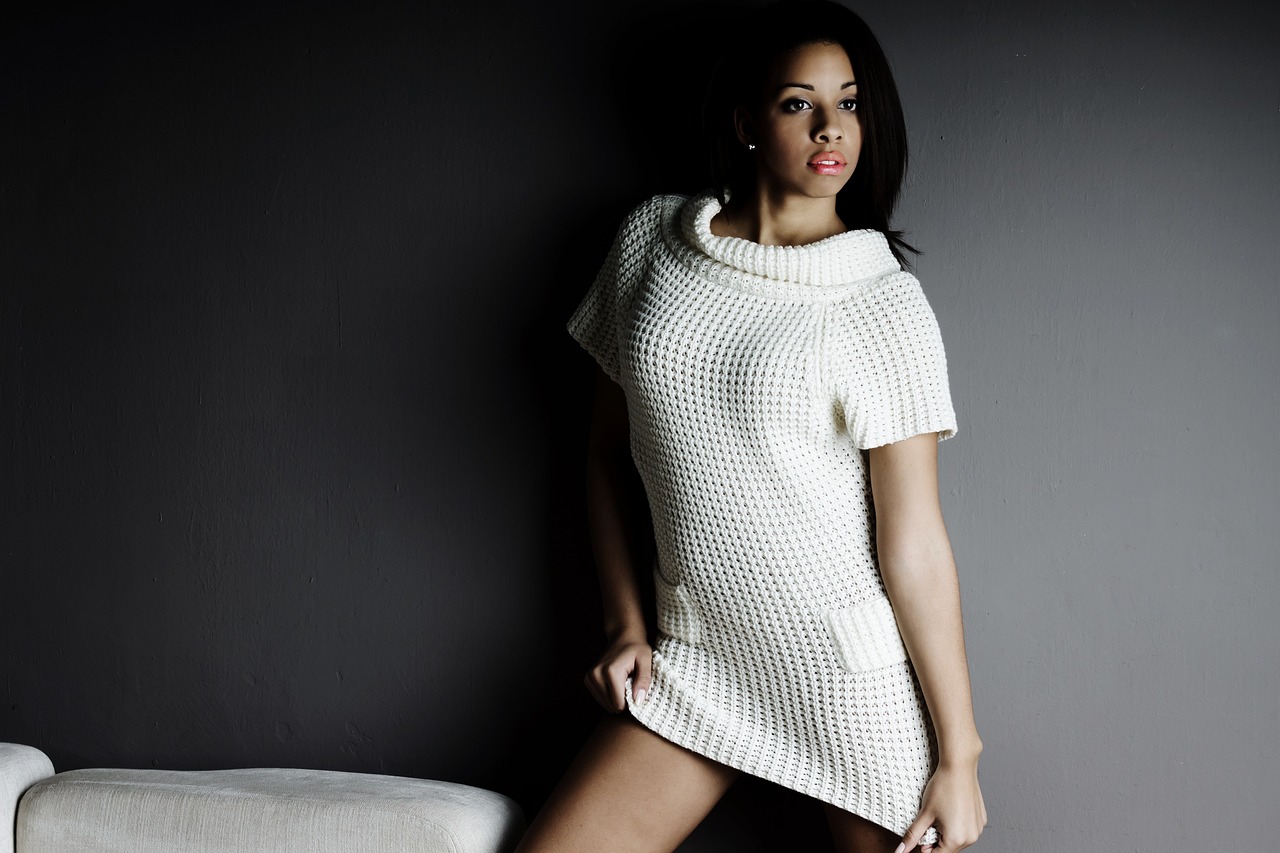
How the Latest Designer Collections Are Changing Fashion
Introduction
The world of fashion is always evolving, and the latest designer collections are a testament to how creativity, technology, and social dynamics are reshaping the industry. As we dive into the cutting-edge trends influencing today’s fashion, it’s clear that designers are blending innovation with tradition, creating collections that not only push boundaries but also resonate deeply with consumers. In this article, we’ll explore how these shifts are transforming the landscape of fashion and what this means for the future.
The Evolution of Fashion
Fashion is an ever-changing cycle, influenced by culture, technology, and global events. Over the years, the industry has undergone monumental shifts, from the rise of haute couture to the democratization of fashion through streetwear. But today, the changes brought about by the latest designer collections are more profound than ever. Designers are no longer simply setting trends; they are responding to consumer demands for sustainability, inclusivity, and personalization. With the rise of digital platforms and global connectivity, fashion is now a reflection of social movements and technological advancements.
Key Trends in Latest Designer Collections
Designer collections today are characterized by a mix of bold, forward-thinking designs and a deep connection to the cultural climate. Several key trends have emerged, reshaping how we perceive fashion:
Sustainability and Ethical Fashion
One of the most significant changes in recent years is the emphasis on sustainability. More and more designers are adopting eco-friendly practices, using organic fabrics, and creating collections that are environmentally conscious. This trend has not only influenced the production process but also the types of materials used. For example, fashion houses are experimenting with recycled textiles and biodegradable materials. The desire for fashion that doesn’t harm the planet has become a major driving force behind the latest collections.
Technological Integration in Design
Fashion is increasingly interwoven with technology. Designers are exploring ways to incorporate technology into their creations, from digital fashion shows to fabrics that change color based on temperature. The integration of technology is not just about innovation for innovation’s sake—it’s about making fashion more interactive and functional. Designers are now using 3D printing to create intricate designs and incorporating augmented reality (AR) to give consumers an immersive shopping experience.
Smart Fabrics and Wearable Tech
Smart fabrics are taking center stage in designer collections. These textiles can respond to environmental stimuli, such as temperature and moisture, making them incredibly practical and high-tech. Wearable tech, such as clothes embedded with LED lights or sensors, is no longer the stuff of science fiction. Today, it’s becoming a normal part of high fashion, combining function with aesthetics.
Impact of Social Media on Designer Fashion
Social media platforms have radically altered how fashion is marketed and consumed. Designers now have direct access to their audiences via Instagram, Twitter, and TikTok, creating instant feedback loops that influence the direction of their collections.

The Role of Influencers
Influencers have become key figures in the fashion industry, and many designers now collaborate with them to promote their collections. Social media influencers shape consumer perceptions, and their endorsement can make or break a collection. What’s more, the influencer-driven marketing strategy allows designers to connect with younger, tech-savvy audiences who may not have traditionally engaged with high fashion.
Instagram’s Influence on Fashion Trends
Instagram, in particular, has revolutionized how fashion trends emerge. It has democratized access to high-end fashion, allowing designers to showcase their work to a global audience. Fashion bloggers and influencers can post about the latest runway collections, and within hours, the trends are seen by millions, shaping public opinion and driving purchases.
The Shift Towards Gender Fluidity
Another significant change in recent designer collections is the movement towards gender fluidity in fashion. Many designers are pushing the boundaries of traditional gender norms, offering collections that cater to both men and women, or entirely eliminating gender distinctions from their designs.
Unisex Clothing and Non-Binary Fashion
Gender-neutral clothing is gaining traction as an essential part of designer collections. This trend reflects the broader cultural shift toward inclusivity, with many designers offering clothing that can be worn by anyone, regardless of gender. The rise of unisex fashion and non-binary clothing lines highlights a more fluid approach to self-expression.
Collaborations and Limited Editions
Collaborations between designers and brands are creating new, innovative collections that blend luxury with streetwear. This approach is not only changing the nature of fashion collections but also how consumers engage with brands.
High Fashion Meets Streetwear
Streetwear has become a dominant influence on high fashion. Designers like Virgil Abloh and Demna Gvasalia have blurred the lines between high fashion and streetwear, creating collections that appeal to a wider audience. This fusion of luxury with casual, everyday wear has transformed how fashion is viewed and worn. Today’s collections are a reflection of a more diverse, inclusive, and accessible fashion world.
The Return of the Avant-Garde
Fashion is becoming increasingly experimental. Designers are returning to avant-garde principles, pushing the limits of traditional fashion norms. The focus is no longer solely on wearability but also on artistic expression and conceptual design.
Breaking Traditional Fashion Norms
Today’s designers are not afraid to challenge conventions, whether through extreme silhouettes or unorthodox designs. The rise of the avant-garde in fashion is marked by bold, statement-making pieces that break from the traditional concepts of beauty and style.
Experimental Textures and Silhouettes
From exaggerated proportions to unconventional materials, designers are experimenting with shapes, textures, and fabrics that challenge our understanding of what clothing can be. The emphasis is on creativity and self-expression, allowing fashion to become a form of art rather than just a way to cover the body.
Consumer Demand for Personalization
As technology advances, so does the demand for personalization in fashion. Consumers are looking for ways to express their individuality through their clothing, and designers are responding by offering custom-made options and bespoke services.
Bespoke and Custom-Made Pieces
Custom-made clothing allows consumers to have a unique garment that reflects their personality and style. Whether it’s a tailored suit or a personalized dress, bespoke fashion is growing in popularity. Designers are offering more options for customization, whether it’s through fabric choices, color, or fit.
Monogramming and Personal Branding
Monogramming and other forms of personal branding are making a comeback. High-end designers are offering consumers the chance to personalize their purchases, adding a personal touch to luxury pieces.
Conclusion
The latest designer collections are not just about creating beautiful clothing—they are a reflection of cultural, technological, and social shifts. From sustainability to gender fluidity, designers are challenging old norms and creating fashion that speaks to the modern consumer’s values and desires. As these trends continue to evolve, it’s clear that fashion will remain a dynamic, ever-changing industry, driven by innovation and creativity.
FAQs
- How are designer collections becoming more sustainable? Designer collections are increasingly focusing on eco-friendly materials, ethical production processes, and reducing waste through innovations like recycled fabrics and biodegradable textiles.
- What role does social media play in shaping fashion trends? Social media platforms like Instagram and TikTok have democratized access to fashion, allowing influencers to directly shape trends and connect with global audiences.
- How are gender norms being challenged in fashion? Many designers are embracing unisex and gender-fluid collections, creating clothing that is accessible and appealing to all genders, reflecting broader cultural shifts towards inclusivity.
- What is the influence of streetwear on high fashion? Streetwear has become a major influence on luxury fashion, with designers incorporating casual, everyday elements into high-fashion collections, making them more accessible to a wider audience.
- How is technology being integrated into fashion? Technology is influencing fashion in several ways, from smart fabrics and wearable tech to virtual fashion shows and digital design tools, offering more interactivity and functionality in fashion.




